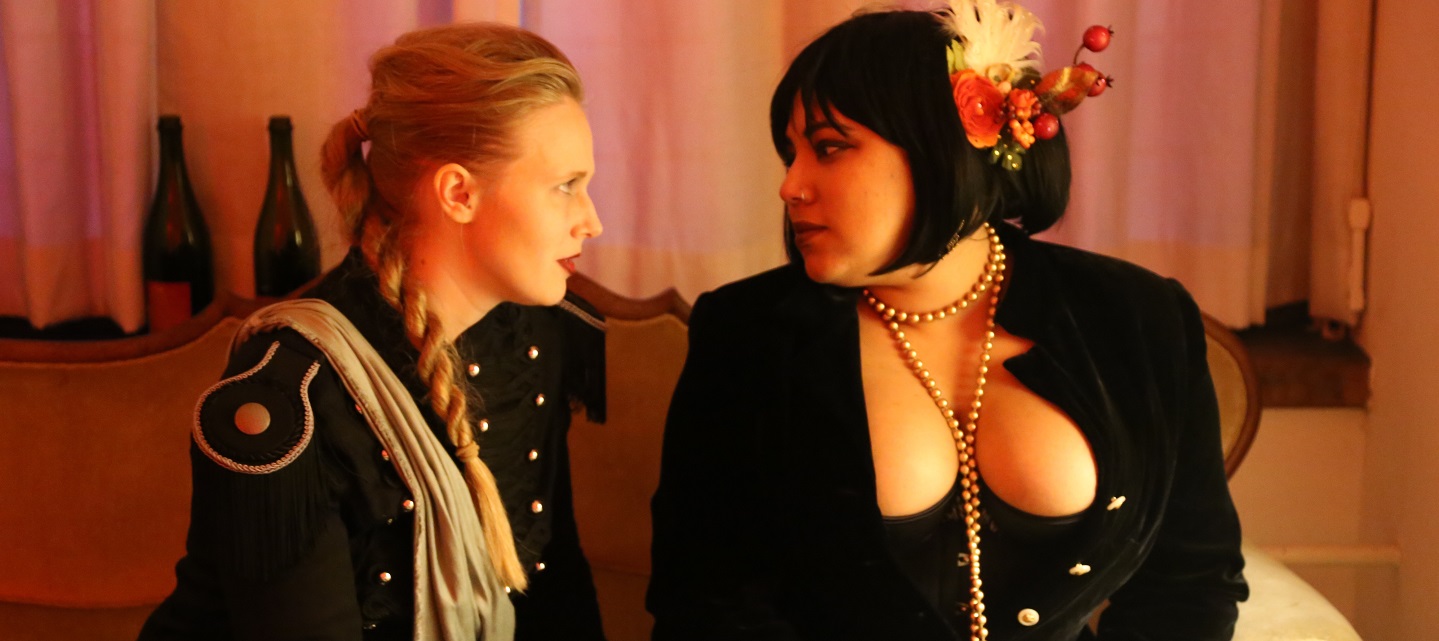Author: Juhana Pettersson
-

Designing the Designer
in
Every aspect of larp can be designed for particular effect. This article argues that this applies to the person of the designer as well.
-

Culture, Community, and Layers of Reality: Playing Allegiance
A pervasive larp about the Cold War and the diplomacy needed to stave off nuclear Armageddon.
-

Participatory Ritual Vocalization
in
How to use vocalization to create a sense of shared ritual in larps?
-

Basics of Efficient Larp Production
in
An alternative mode of production to the Infinite Hours of labor often spent in larp organizing and volunteering.
-

Sketch Comedy Characters
As a player, I build my larp characters using the tools of sketch comedy. The style may be different, but the toolbox is the same. The crude basics offered by sketch comedy provide a functional basis on which to build more nuanced play during the larp.
-

Know Yourself
in
Once you understand what you can and can’t do, want and don’t want to do, it becomes easier to have good larp experiences and to co-create them with others.

